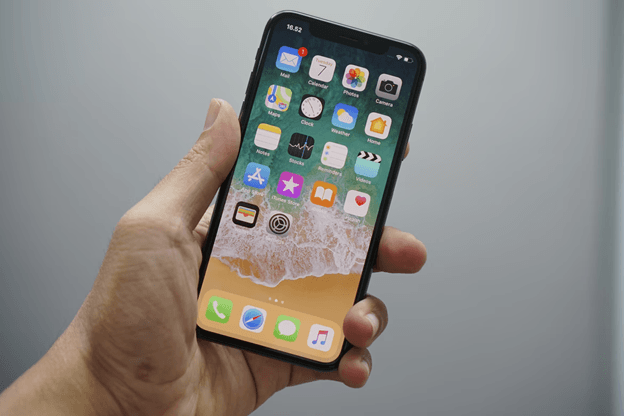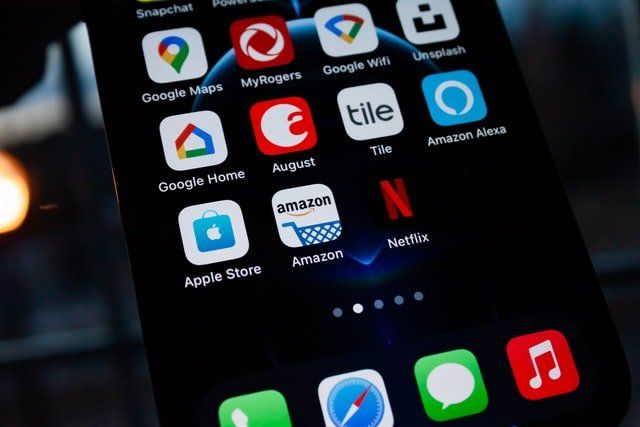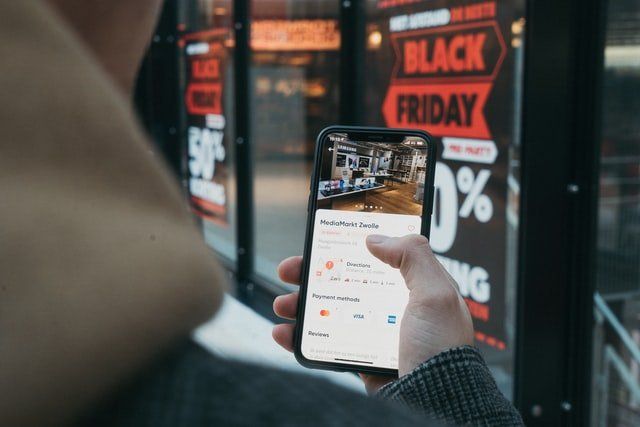+1-800-298-3165
Where Does Marketing Automation Fit in Your App’s Marketing Mix?
If you’re planning a major campaign to coincide with your new app’s launch, you may have come across the term marketing automation. This sounds like it could be complicated or costly but in fact, it’s a small business best friend and can help you market your brand new app more effectively and efficiently.

So what it is and how does it work?
In essence, marketing automation is a computer coding (software) based solution for carrying out marketing interaction and activity. It springs into action on the back of various pre-programmed events without the need for human action or intervention. Essentially, marketing automation takes the draining man hours out of some elements of your reactive marketing strategy. Automation is most commonly used within email and social media marketing activities. It has given birth to a number of popular marketing management platforms including the likes of HubSpot.
Marketing automation is particularly common within the retail sector. If you’re an online shopper, you have likely been the subject of marketing automation as some of the simplest of everyday online experiences are effectively marketing automation in action.
Marketing automation is an excellent prospect nurturing tool and useful for upselling to existing customers. It can also be used to gradually encourage greater loyalty and prove to be an excellent customer service assistant. You can use marketing automation to respond to social media queries and complaints quickly ahead of providing a more personalized response.
What marketing automation sadly does not do, is any top of the sales funnel activity. Automation strategies are based on reacting to visitors and customers you have acquired. Without a sustained influx of new visitors and customers, automation can play no major part in your ongoing digital marketing efforts.
Using marketing automation to generate new sales is a common misconception about the power of the tool. Yes, it can help convert a new customer for the first time, but that prospect would have needed to have been acquired initially by some other means in order for the automation process to work its unmanned magic. Keeping this in mind, businesses looking for growth and increases in sales or downloads should view automation more as a conversion assistant and not as a new business generator.
It’s not unheard of for marketers to take the misconception described and literally feed their automation process rather than spend time and effort generating traditional new business prospects. A common approach is to purchase email contact lists and serve them straight in to the automation process without the user ever having taken an initial action to interact with the business willingly. Not only is this an extremely unethical practice but it also defeats the object automation serves. It is intended to be used as a reactive marketing strategy that responds to events triggered by the user themselves, rather than pushing a prospect you’ve had no prior contact with to take a desired action.
You could use it to support your new app launch in a few ways:
1.Pre-schedule a series of social media posts to promote your app around milestones such as app pre-launch, launch day and updates
2.Use marketing automation to handle post scheduling for you each week – simply write a few social media posts relevant to your app at the start of the week and then let your chosen automation platform handle the posting through the week
3.Use marketing automation to send a welcome to the app email to new subscribers
4.Use marketing automation to send a pre-programmed sequence of emails to new app subscribers







